I am sure you love succulents as much as I do, and you often buy many succulents to make your collection bigger and broader. In this article, let’s take a closer look on how to repot succulents.
For some reason, many people find repotting succulents a challenging process to be done.
However, usually, it can be effortless if you follow some general rules that I will explain in this article.
Growing succulents is a satisfying job, and you have to pay attention when they need more soil or a new planter.
Succulent plants can outgrow their pot size during their growing season and look for repotting in a bigger pot. This article will tell you all the information needed to have a successful growing season and not make a mistake in the repotting process.
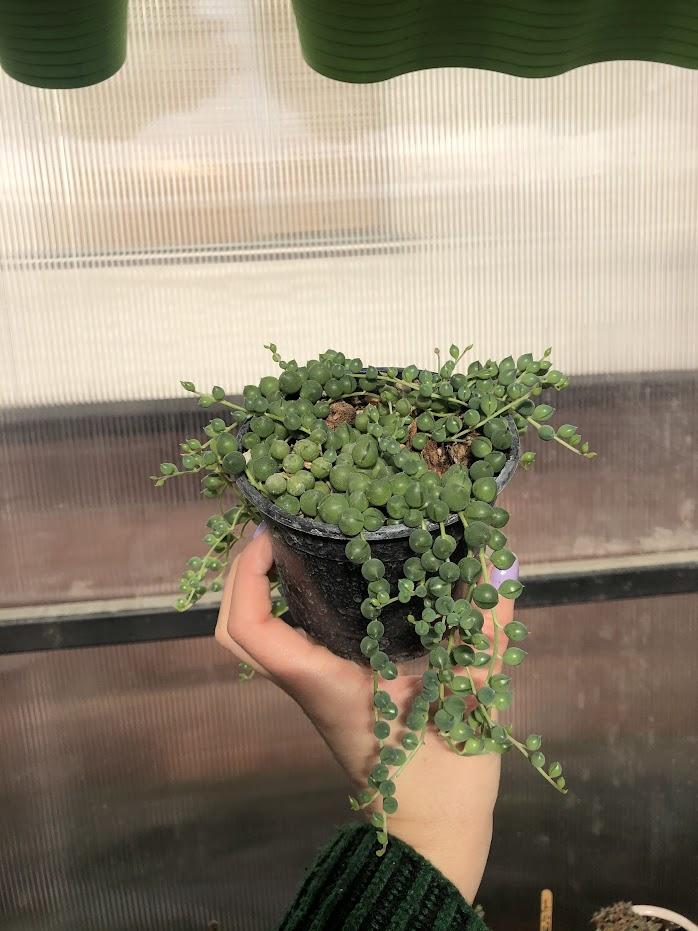
Signs showing it is time to repot succulents
There are different situations when changing our plants’ soil mix or pots is necessary, especially when we keep indoor succulents.
Even though it is suggested to replant succulent plants in early fall or spring, sometimes plants cannot wait, and we need urgent reactions to keep them healthy and happy.
Most of the time, we need to repot succulents because they show an unusual appearance because of some problem or it has been too long since we changed pot last time.
To easily spot when is the best time to repotting succulents, below read the signs that will lead you to understand when and why to repot succulents.

1. Pot size is too small – When a plant thrives significantly in the soil and conditions, you adjust, the size may change quickly, and the container becomes too small.
Often roots are getting out from the drainage holes and are visible on the bottom of the pot. For best results, try always to ensure enough space for new leaves and branches so that your plant can have successful growth and improvement.
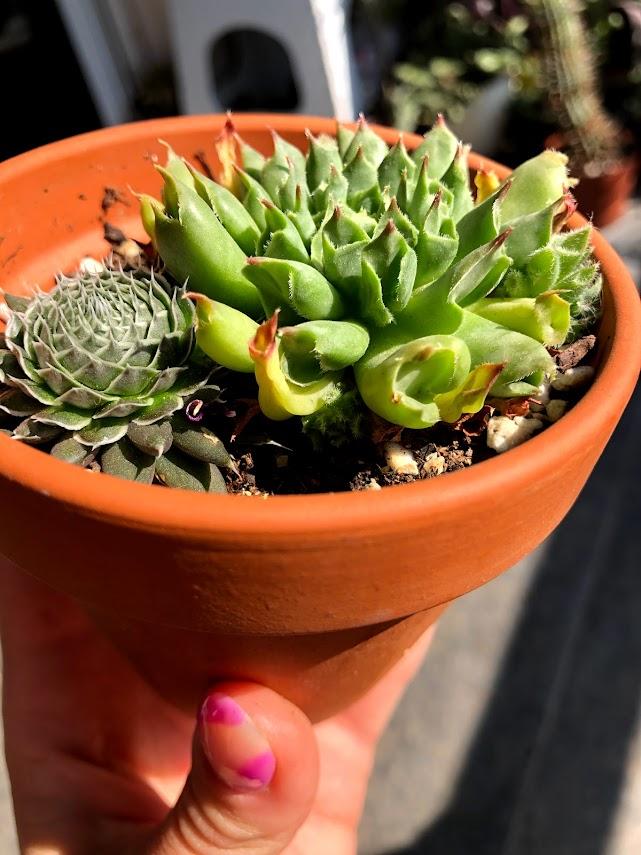
2. Buying new plants – It is a general rule that whenever you buy a new plant, at first it is best to change the soil and the container in order to prevent ongoing infection or pest damage to the root system.
Your plant has been transported with many different plants and has undergone many changes, so new soil means an optimal area for further growing activation.
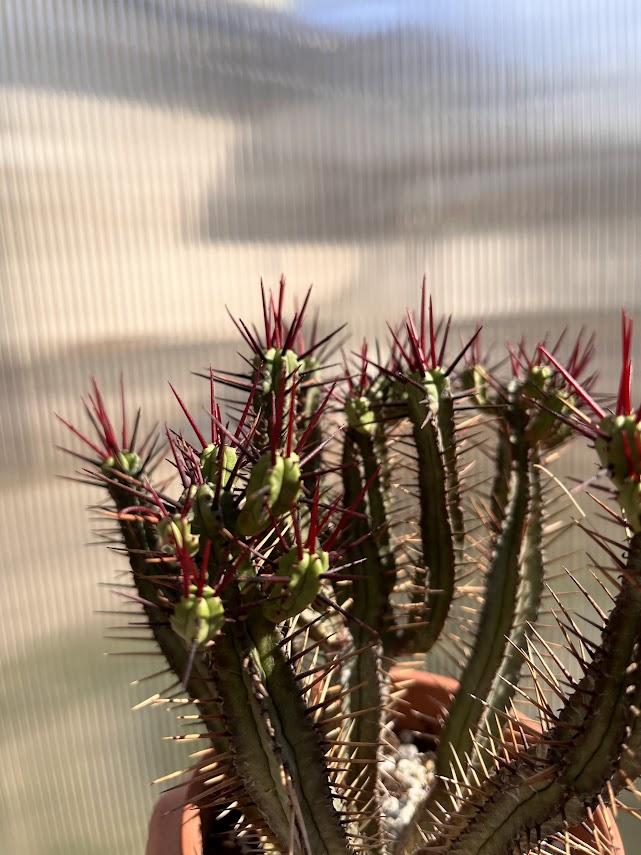
3. The plant looks different and unhealthy – There are many reasons for the soil showing that it is best to repot succulents. Sometimes the problem comes from the wrong soil mixture, and water retains more than needed so that your plant becomes stressed, leaves start falling, and root rot occurs.
There might be pest eggs in the soil, and the plant is infected, so the general growth is stopped, and the plant is fighting with the sucking predators.
Not so rare and mostly happens when the mixture with peat moss causes soil to become dry, so whenever you water, the water gets out from the pot without satisfying your plant needs.
If you notice this, be aware that you should either take the soil and mix it so that absorption gets better or implement bottom watering allowing water to get inside the pot.
4. Soggy soil – This condition is unacceptable for an extended period and may happen to anyone. Whenever you feel like you have added more water than needed it is better to exchange the soil or mix it with a dry new one to adjust the moisture level.
If the water stays around the plant root and your succulents sit completely in wet soil longer than needed, it can seriously harm your plant root and even cause death.
5. Young succulent offsets – Most succulents will grow new plants very soon after having them. If you want to enrich your collection, you can remove the new ones and pot them in another pot so that they can grow independently.
Always plant succulents in pots with drainage holes and a well-draining soil mix.

RELATED: How to Get Rid of Mold on Succulents: A Comprehensive Guide
How to repot succulent correctly in a few steps
1. Identify the reason for repotting
The first and most important step to knowing if you have to add fresh soil, change the one already in the pot, look for a bigger/smaller container, use pots with a drainage hole, pest problems, etc.
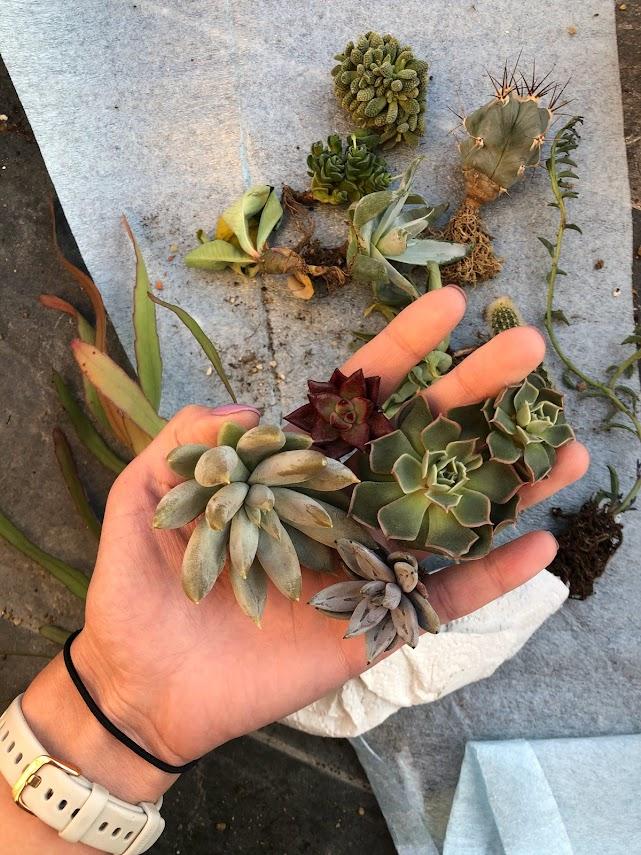
2. Prepare your succulent plant for repotting
The forthcoming process of preparing your plant for the new conditions is essential for adaptation and faster results.
Early spring is the best time to make the ideal potting mix and start the repotting process.
Newly purchased succulents may be transplanted for the whole year after they pass the adaptation process at your home.
Before you report succulents, you have to make sure that the root system is healthy, the plant is not suffering from diseases or pest problems, and the overall plant is ready for transplantation.
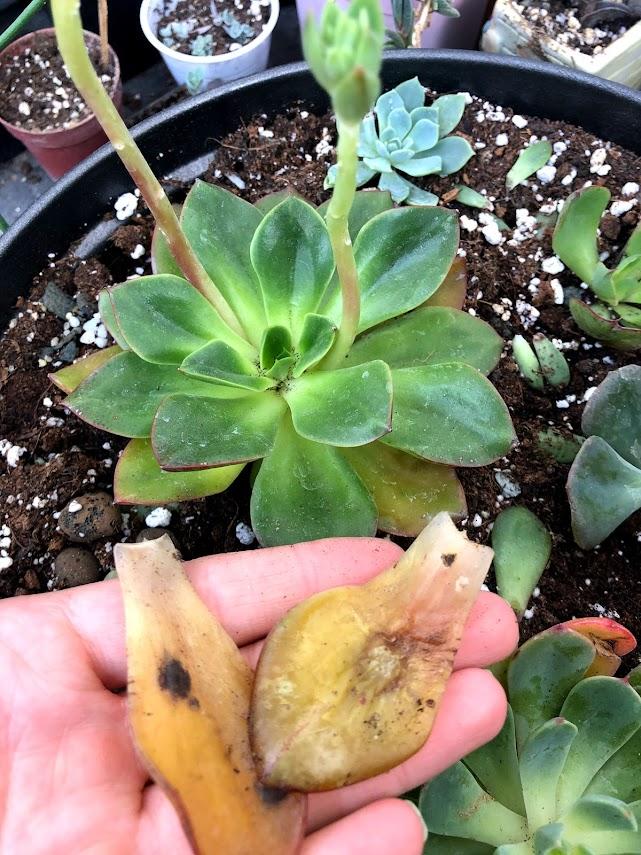
3. Cleaning the root system and ensuring it is healthy
Before putting your plant in new soil, plant roots are the must check-in thing.
Without the roots, the plant will not be able to take the nutrients and grow. So more roots are potentially a great sign that your succulent will thrive excellently in the new pot.
Try to clean all the soil around the roots before replanting succulent plants. Old soil is risky and may already have some pest eggs or fungal infections.
If you see that the roots are damaged, dry, wet, and soggy, or simply the plant does not have roots that look healthy. It is best to cut either until you come to healthy tissue or, if it is a simple problem, to treat with hydrogen peroxide to disinfect it.
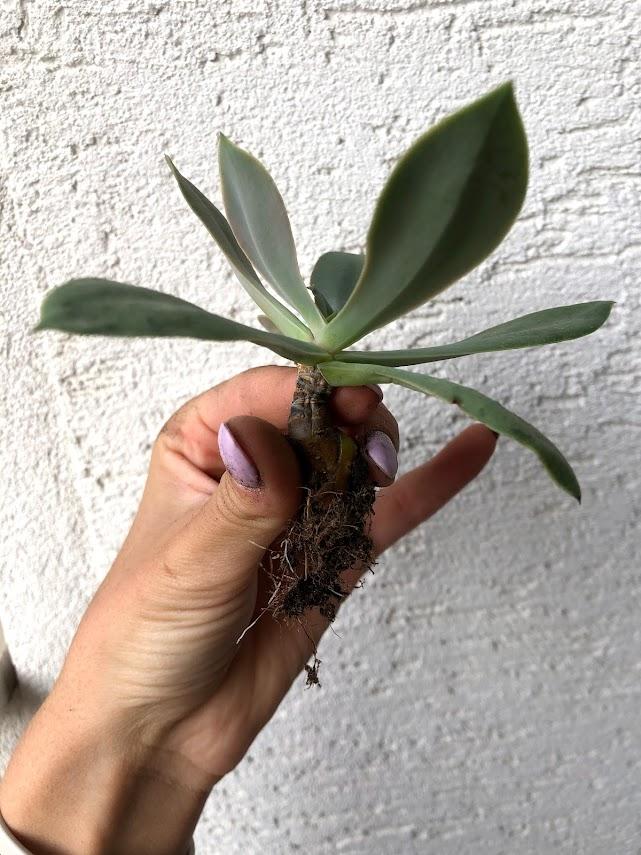
RELATED: Best Ways to Propagate New Succulents from Leaves and Cuttings
4. Prepare adequate succulent mix for your succulent
Most gardeners will have to prepare their potting mix to provide all the necessary components for growth and prevent root rot.
When you are not sure, it is better to go back and check the previous articles, where I guide how to make the best succulent mixture at home step by step.
5. Choose the right pot for your plant
The pot size and the potting material are also essential factors connected with the growth of your succulents.
Try never to repot small succulents alone in a huge pot, and either mix them or place them in small containers to have an area to grow bigger in a shorter period.
Mother plants can be placed separately if the babies are grown and have built their roots.
Try to adapt the size of the pot with the way your plant grows, meaning if you have succulent type Echeveria that loves growing wide, choose a shallow pot instead of a deep and big one.
In another situation, when you have a tall plant with deep roots, go for a tight but deeper pot so that your plant can have stable growth of the roots and the plant itself at the same time.
Also, pay attention to the potting material because some containers may absorb the water quicker than the plant, like the clay pot ones. Then it will be underwater even if you give the proper amount of water regularly.
Plastic containers are best for beginners since the soil dries out quickly and the roots completely dry before watering again.
Several succulents can be seriously harmed if you make a watering mistake. Because of this, I suggest doing your potting mix is essential to prevent rotting.
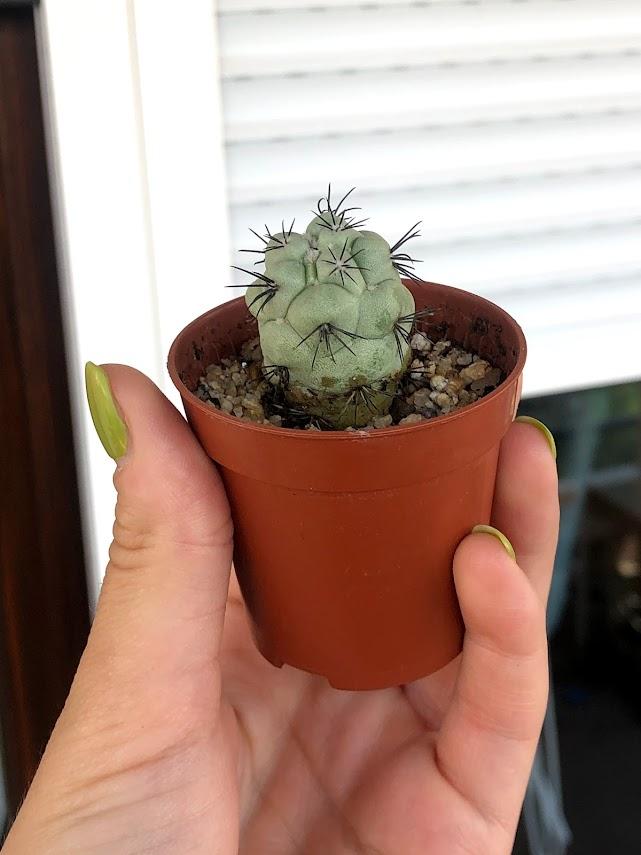
6. Placement in the new area
It is finally time to move your potted succulent to a new container. If you did everything requested in the previous steps, now it is time to fill the unique pot with soil and add the succulent.
Gently place the succulent roots in a small hole made with a gardening tool or hands and start filling the ground around your plant.
Never put too much potting soil, and try to keep your succulent sit completely at the top of the pot, with soil at a maximum level below the bottom leaves.
Common mistakes connected with replanting
We often think we did everything right, but some things start going wrong initially, and we might even kill our succulent plants quickly.
If you follow the general rules for planting succulents, some mistakes could be avoided.
1. Never water right before repotting succulents – This can be a huge mistake, significantly when you change the soil in a season when the plant is not growing fast and not using the given amount of water as quickly as in the growing season. Instead, try to give your plant sometime after watering before doing anything.
2. Avoid direct sunlight – Putting your plant in a sunny spot before it accepts the change did cause many problems. First, the plant is not ready for new life immediately and may be sunburnt quickly, leaving burn marks or killing it after a short period.
A bright light area is most suitable after the repotting period of your plant.
3. Clean the current pot or use a new pot to transplant succulents.
Sometimes, the infection stays in the soil if we use the same pot, not cleaned before replanting. This is known as one of the easiest ways to transmit a disease to the new plant or allow the infection to stay inside the ground again.
4. Wear gloves to prevent the disease from spreading or being hurt, especially when moving or planting cacti species. In addition, many gardening gloves will add some style while you are covered with dirt.
5. Try not to interrupt the flowering season – When your succulent plant is blooming, it is not the perfect time to transplant succulents since the energy is invested in the flowers. If you have to repot, have in mind that the blooms will die after repotting because the succulent will need the energy to stabilize in the new soil mix, and the energy will be given to the root systems
Answers to common questions about repotting succulents
I am giving you more answers to the most popular questions targeting the title.
I hope you will find them helpful, enjoy!
RELATED: Find Out How to Choose the Right Succulent Pot (Easy Guide with Tips)
Do succulents like to be crowded?
Many succulents thrive greatly when growing inside a mix because they have equal sharing of nutrients and water and cannot be damaged easily from overwatering.
When they outgrow the mix, they usually start looking different and cannot improve as much as before.
Plants love staying in crowded areas, but their growth should separate them on time.
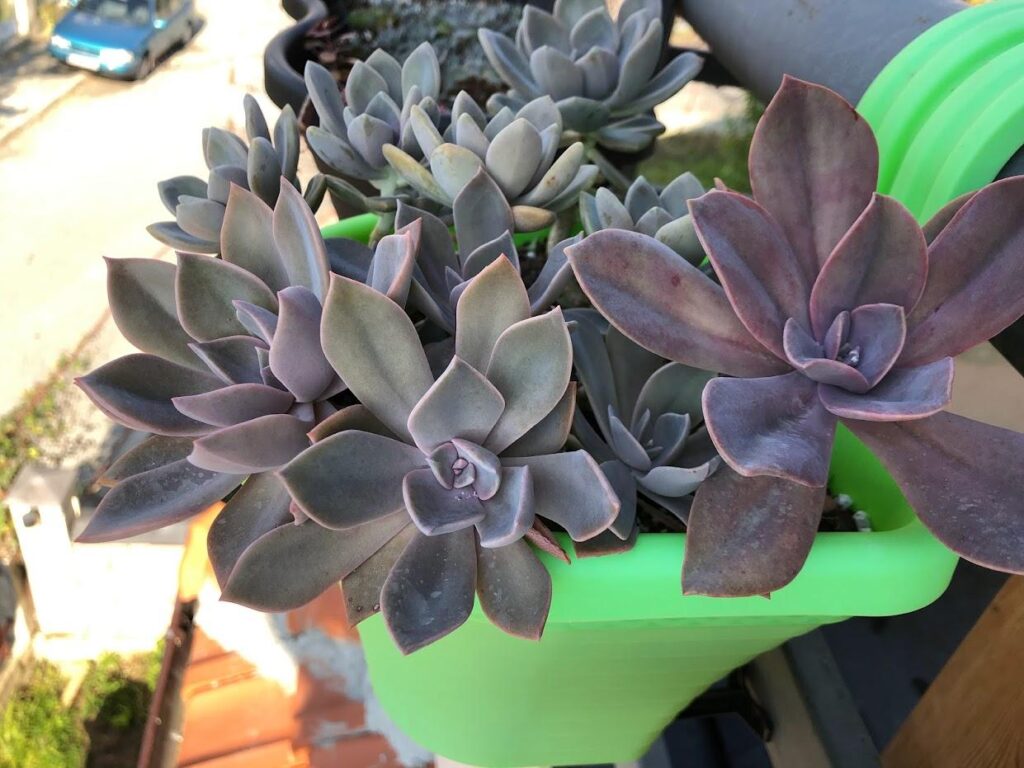
Do I need to air-dry succulents before repotting?
If you have recently watered and the roots are wet and soft, it is better to wait at least one day before inserting the succulent into the prepared succulent mix.
Like this, you will avoid further problems occurring due to higher moisture and fungal transmission.
Do succulents need roots before repotting?
It is not required for succulents to have roots before repotting, but in situations when the rooting system is missing, keep in mind that you need to wait a few weeks before watering, and the soil has to be with higher mineral input.
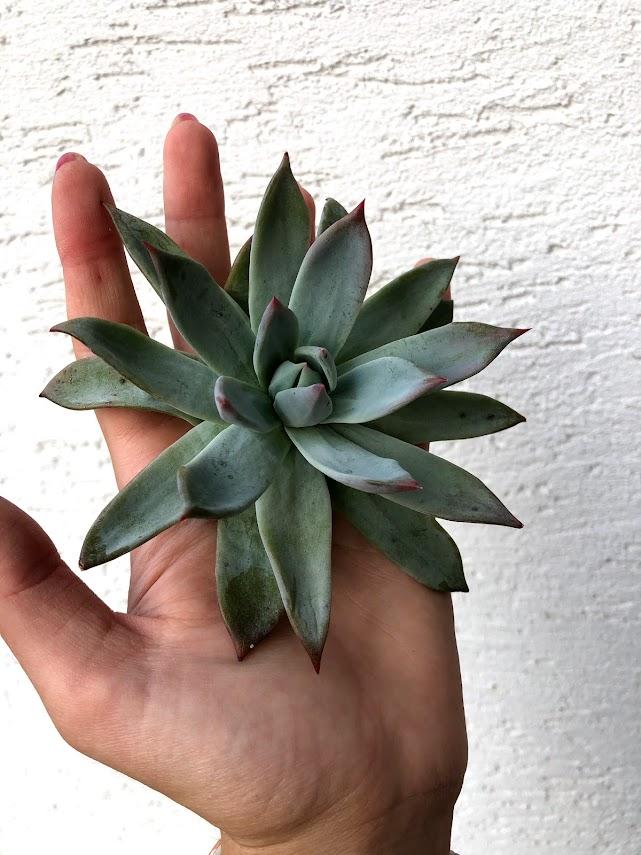
Is it necessary to put rocks at the bottom of all planters?
If you repot your succulents in containers without drainage holes, it is highly recommended to have a layer of rocks on the bottom where the extra water will sit to prevent rooting rot.
If there is a hole on the bottom of the pot, then it is optional depending on the mixture and whether you will put a rock layer.
Why does my plant die after repotting?
As I mentioned above, many mistakes can lead to death after repotting.
Follow the given procedure above, maintain all the required needs, and prevent high-stress levels after repotting.
The most common reasons for death are over watering after repotting, sunburn, disease, root rot, damaged roots, or no roots.
Editor’s Recommendations
Do you have other tips on how to report succulents? Share it with us in the comment section below. Also, check out our other articles:
Are Succulents Really Toxic and May Hurt Your Innocent Cat or Dog?
Step by Step Guide to Preparing a Perfect Potting Mix for Your Succulents







